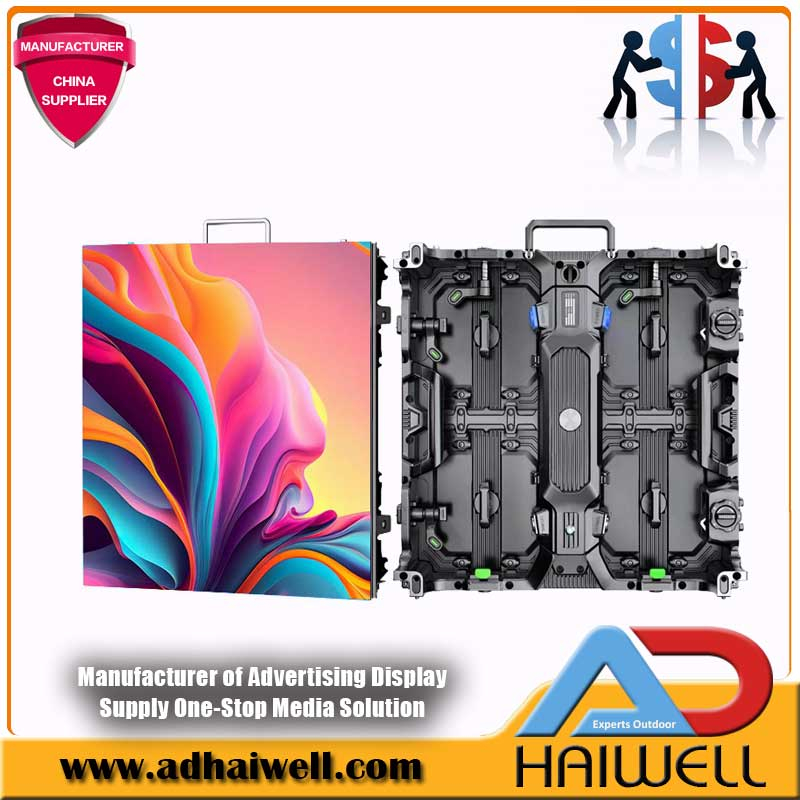Investigating How Definition Influences the Functionality and Visual Quality of Light Emitting Diode Walls in Contemporary Exhibition Techniques
Light Emitting Diode walls are growing increasingly common in various settings, including musical events and athletic events to corporate displays and creative installations. One of the most crucial elements that influence the performance and visual quality of these screens is image clarity. Resolution refers to the quantity of picture elements that make up the image on the display. Increased image clarity means more pixels, which can result in clearer and clear images. Grasping how resolution affects LED screens can assist users make informed decisions about their screen requirements.When discussing resolution, it is essential to consider pixel pitch, which is the distance between the center of one picture element to the midpoint of the next pixel. A smaller picture spacing yields a greater image clarity, enabling additional clarity in the visuals shown. For instance, an LED screen with a pixel pitch of 1.5mm will provide a clearer image than one with a pixel pitch of 3mm. This is particularly important in environments where viewers are close to the screen, such as in a small venue or a exhibition event booth. In these cases, a higher image clarity can greatly enhance the viewing experience.
Another aspect of resolution is its effect on hue precision and brightness. LED walls with higher resolutions often have superior color reproduction, meaning that the colors displayed are increasingly lively and realistic. This is crucial for uses like advertising, where the goal is to attract attention and communicate a concept efficiently. Additionally, higher resolution screens can preserve luminosity levels even when seen from different angles. This is important in large venues where viewers may be positioned at different distances and angles from the screen.

The functionality of LED walls is also affected by resolution in terms of refresh rates and response times. A higher image clarity screen can handle faster refresh frequencies, which is essential for dynamic material such as videos and animations. This means that the images on led wall rental for community outreach the screen will look more fluid and increasingly seamless, improving the total observing quality. In contrast, lower resolution displays may struggle with fast-moving content, leading to fuzziness or lag. Therefore, for events that rely on high-energy visuals, choosing a display with a suitable image clarity is vital.
In summary, image clarity plays a crucial role in defining the functionality and image clarity of LED screens. Elements such as picture spacing, color accuracy, brightness, refresh rates, and response times all contribute to how efficiently a screen can communicate data and capture audiences. As advancements continues to advance, understanding these elements will help users choose the appropriate LED screen for their particular requirements, ensuring that they achieve the best possible results in their presentations and events.